The first farm walks to be held as part of phase two of the Dairylink Ireland programme take place next week.
John Oliver and Frank Goodman joined the programme along with four other farmers last year and have been working with programme adviser Conail Keown to develop plans for their businesses for the next three years.
Each Dairylink participant has been looking critically at their farm business to see where improvements can be made to allow them to make better use of the resources that are available on their farms.
Another key element of Dairylink is developing farmer skills.
For example, grassland management is an area that most phase two participants are keen to develop, mainly through weekly grass measuring.
At next week’s events, the plans for both farms will be discussed and follow-up farm walks will be held in three years’ time to see how each business has developed during phase two of Dairylink Ireland.
All participants will host similar events during this phase of the programme to demonstrate the opportunities and challenges that face farmers in different locations with different climatic conditions, soil types and dairying systems.
The events on John and Frank’s farms will focus on their three-year plans to optimise the resources that are available on each of their farms.
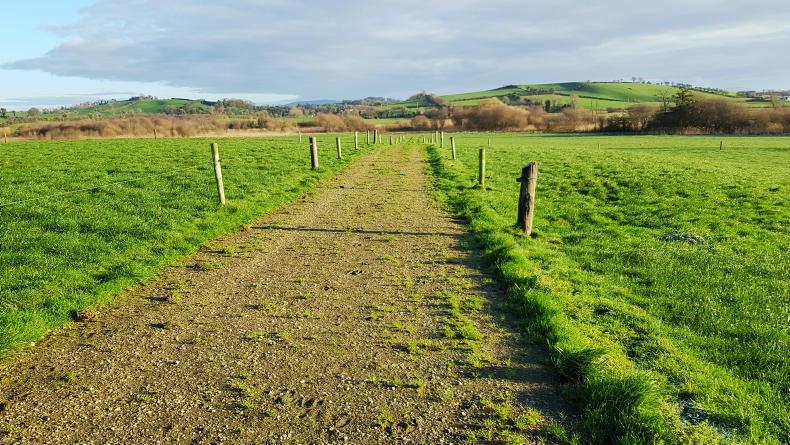
There is well-developed grazing infrastructure on the Goodman farm.
This includes developing herd genetics through sire selection and culling of problem cows, plus addressing soil fertility issues through soil sampling and fertiliser plans.
Heifer rearing and the development of an animal health plan will be discussed at the farm walks and the final topic at the events will be the financial plan and projections for each business over the next three years. The events are open to the public and are free to attend. Parking will be available on each farm.
Directions to farm walks
To John Oliver’s from Coleraine, turn left off the main Ringsend to Limavady road around 4.5 miles from Ringsend. From Dungiven, turn right off the Ballyquin Road on to the Ballyleagry Road, then turn left at the road end and take the next right on to the Terrydoo Road.Frank Goodman’s farm is located on the L4610, off the main Carrickmacross to Dundalk road (R178). Coming from Carrickmacross, turn left off the R178 after 5.5km.John Oliver, Terrydoo Rd, Limavady, Co Derry
Tuesday 16 April 11am-1pm
John Oliver is in his fourth season of dairy farming, having converted from sheep and sucklers in late 2014. He runs an 85-cow herd near Limavady with an average yield of 6,843 litres at 3.90% butterfat and 3.25% protein from 2.36t of concentrates.
A key aim on the Oliver farm is to increase the proportion of grazed grass in the diet to substitute bought-in feed and lower production costs. John is currently improving grazing infrastructure on the milking platform to get more days at grass, particularly in the spring and autumn.
Having a tight autumn-calving profile has been John’s focus since he converted to dairying.
All cows calved down within 20 weeks in 2018/19, which is the shortest calving spread among phase two Dairylink participants.
When John began dairying, in-calf heifers and some cows were bought privately from a range of sources.
Cows were mostly Holstein-bred and high-EBI bulls have been used to move away from large, angular types to lower-maintenance, more-functional cows.
An objective over the next three years is to address deficiencies in soil fertility and improve grassland management.
This will allow John to grow more grass and the plan is to gradually increase the milking platform stocking rate from 2.6CE/ha to 3.1CE/ha.
From his experience over the past five years of setting up a dairy herd, building a parlour, renovating sheds and paying off debt, John Oliver has some sound advice for suckler farmers contemplating converting to dairying.
Frank Goodman, Ballingarry, Co Monaghan
Thursday 18 April 11am-1pm
A fragmented farm layout and limited availability of land near the milking parlour are common issues on many Irish dairy farms, such as Frank Goodman’s near Carrickmacross.
Frank runs a 90-cow dairy herd, with 80% calving in the spring and the remaining 20% in the autumn.
Last year, average yield was 8,205 litres at 3.76% butterfat and 3.30% protein from 2.6t of meal.
The milking platform extends to 22.5ha and total area farmed equates to 85ha.
There are several outlying land blocks on the farm, which are not suitable for walking cows to and are used mainly for silage, heifer-rearing and a beef enterprise.
When Frank joined the Dairylink Ireland programme last year, options for the future direction of his farm were to increase the autumn-calving herd to qualify for winter bonus payments or move towards a full grass-based spring-calving system.
The latter is the preferred option at present and the economics of it will be explored at next week’s farm walk.
Other factors influenced thinking too, such as time off from milking in the winter and capitalising on already well-developed grazing infrastructure.
The calving interval is 405 days at present and six-week in-calf rate in the spring group was 58% in 2018.
Frank wants to improve herd fertility by selecting sires based on fertility sub-indexes and by no longer letting cows slip between the two groups.
He also wants to lift milk components by selecting sires for butterfat and protein.
Read more
Dairylink: making the most of on-farm resources
Dairylink: fertility boosts milk yields in Down
The first farm walks to be held as part of phase two of the Dairylink Ireland programme take place next week.
John Oliver and Frank Goodman joined the programme along with four other farmers last year and have been working with programme adviser Conail Keown to develop plans for their businesses for the next three years.
Each Dairylink participant has been looking critically at their farm business to see where improvements can be made to allow them to make better use of the resources that are available on their farms.
Another key element of Dairylink is developing farmer skills.
For example, grassland management is an area that most phase two participants are keen to develop, mainly through weekly grass measuring.
At next week’s events, the plans for both farms will be discussed and follow-up farm walks will be held in three years’ time to see how each business has developed during phase two of Dairylink Ireland.
All participants will host similar events during this phase of the programme to demonstrate the opportunities and challenges that face farmers in different locations with different climatic conditions, soil types and dairying systems.
The events on John and Frank’s farms will focus on their three-year plans to optimise the resources that are available on each of their farms.

There is well-developed grazing infrastructure on the Goodman farm.
This includes developing herd genetics through sire selection and culling of problem cows, plus addressing soil fertility issues through soil sampling and fertiliser plans.
Heifer rearing and the development of an animal health plan will be discussed at the farm walks and the final topic at the events will be the financial plan and projections for each business over the next three years. The events are open to the public and are free to attend. Parking will be available on each farm.
Directions to farm walks
To John Oliver’s from Coleraine, turn left off the main Ringsend to Limavady road around 4.5 miles from Ringsend. From Dungiven, turn right off the Ballyquin Road on to the Ballyleagry Road, then turn left at the road end and take the next right on to the Terrydoo Road.Frank Goodman’s farm is located on the L4610, off the main Carrickmacross to Dundalk road (R178). Coming from Carrickmacross, turn left off the R178 after 5.5km.John Oliver, Terrydoo Rd, Limavady, Co Derry
Tuesday 16 April 11am-1pm
John Oliver is in his fourth season of dairy farming, having converted from sheep and sucklers in late 2014. He runs an 85-cow herd near Limavady with an average yield of 6,843 litres at 3.90% butterfat and 3.25% protein from 2.36t of concentrates.
A key aim on the Oliver farm is to increase the proportion of grazed grass in the diet to substitute bought-in feed and lower production costs. John is currently improving grazing infrastructure on the milking platform to get more days at grass, particularly in the spring and autumn.
Having a tight autumn-calving profile has been John’s focus since he converted to dairying.
All cows calved down within 20 weeks in 2018/19, which is the shortest calving spread among phase two Dairylink participants.
When John began dairying, in-calf heifers and some cows were bought privately from a range of sources.
Cows were mostly Holstein-bred and high-EBI bulls have been used to move away from large, angular types to lower-maintenance, more-functional cows.
An objective over the next three years is to address deficiencies in soil fertility and improve grassland management.
This will allow John to grow more grass and the plan is to gradually increase the milking platform stocking rate from 2.6CE/ha to 3.1CE/ha.
From his experience over the past five years of setting up a dairy herd, building a parlour, renovating sheds and paying off debt, John Oliver has some sound advice for suckler farmers contemplating converting to dairying.
Frank Goodman, Ballingarry, Co Monaghan
Thursday 18 April 11am-1pm
A fragmented farm layout and limited availability of land near the milking parlour are common issues on many Irish dairy farms, such as Frank Goodman’s near Carrickmacross.
Frank runs a 90-cow dairy herd, with 80% calving in the spring and the remaining 20% in the autumn.
Last year, average yield was 8,205 litres at 3.76% butterfat and 3.30% protein from 2.6t of meal.
The milking platform extends to 22.5ha and total area farmed equates to 85ha.
There are several outlying land blocks on the farm, which are not suitable for walking cows to and are used mainly for silage, heifer-rearing and a beef enterprise.
When Frank joined the Dairylink Ireland programme last year, options for the future direction of his farm were to increase the autumn-calving herd to qualify for winter bonus payments or move towards a full grass-based spring-calving system.
The latter is the preferred option at present and the economics of it will be explored at next week’s farm walk.
Other factors influenced thinking too, such as time off from milking in the winter and capitalising on already well-developed grazing infrastructure.
The calving interval is 405 days at present and six-week in-calf rate in the spring group was 58% in 2018.
Frank wants to improve herd fertility by selecting sires based on fertility sub-indexes and by no longer letting cows slip between the two groups.
He also wants to lift milk components by selecting sires for butterfat and protein.
Read more
Dairylink: making the most of on-farm resources
Dairylink: fertility boosts milk yields in Down





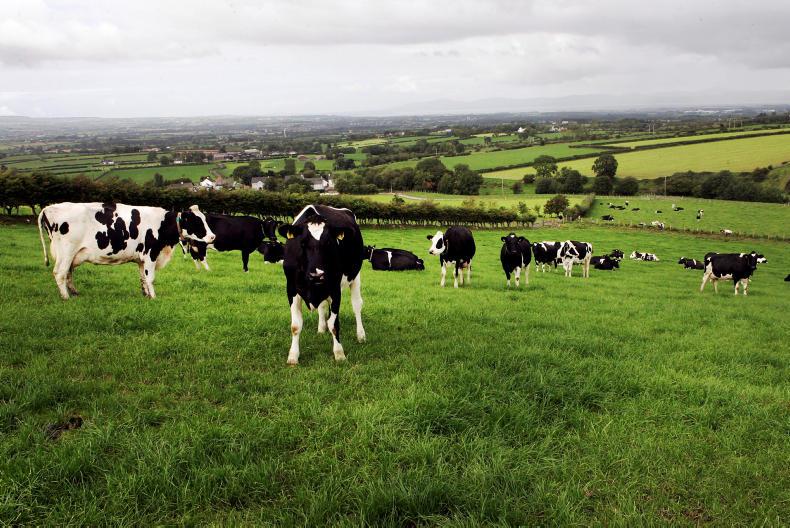
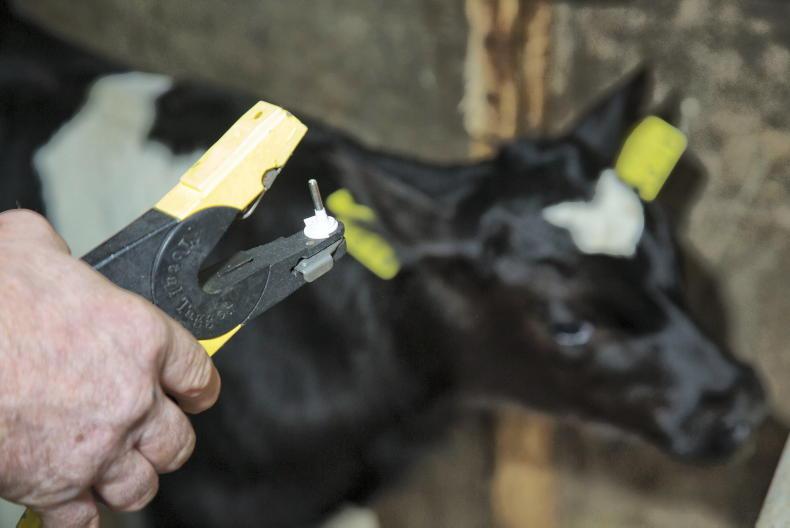

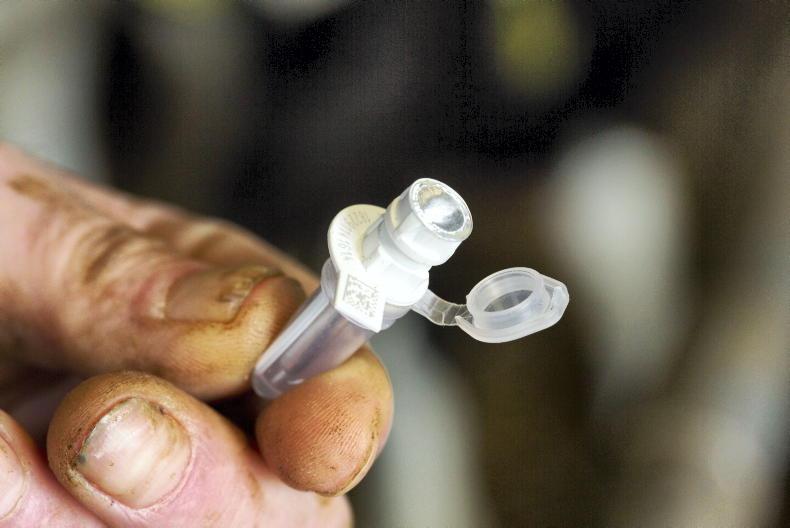
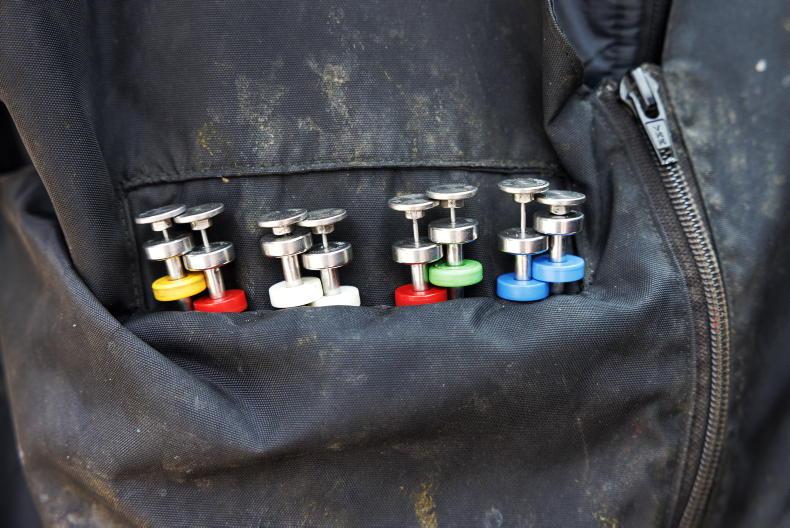
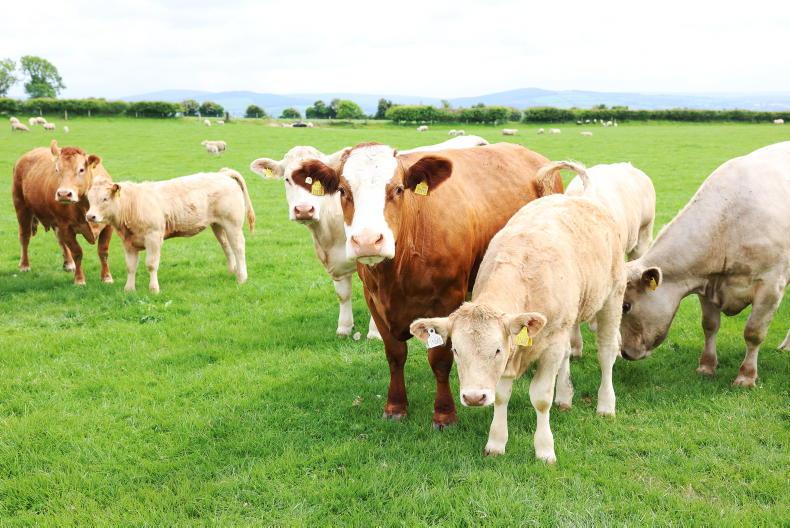
SHARING OPTIONS